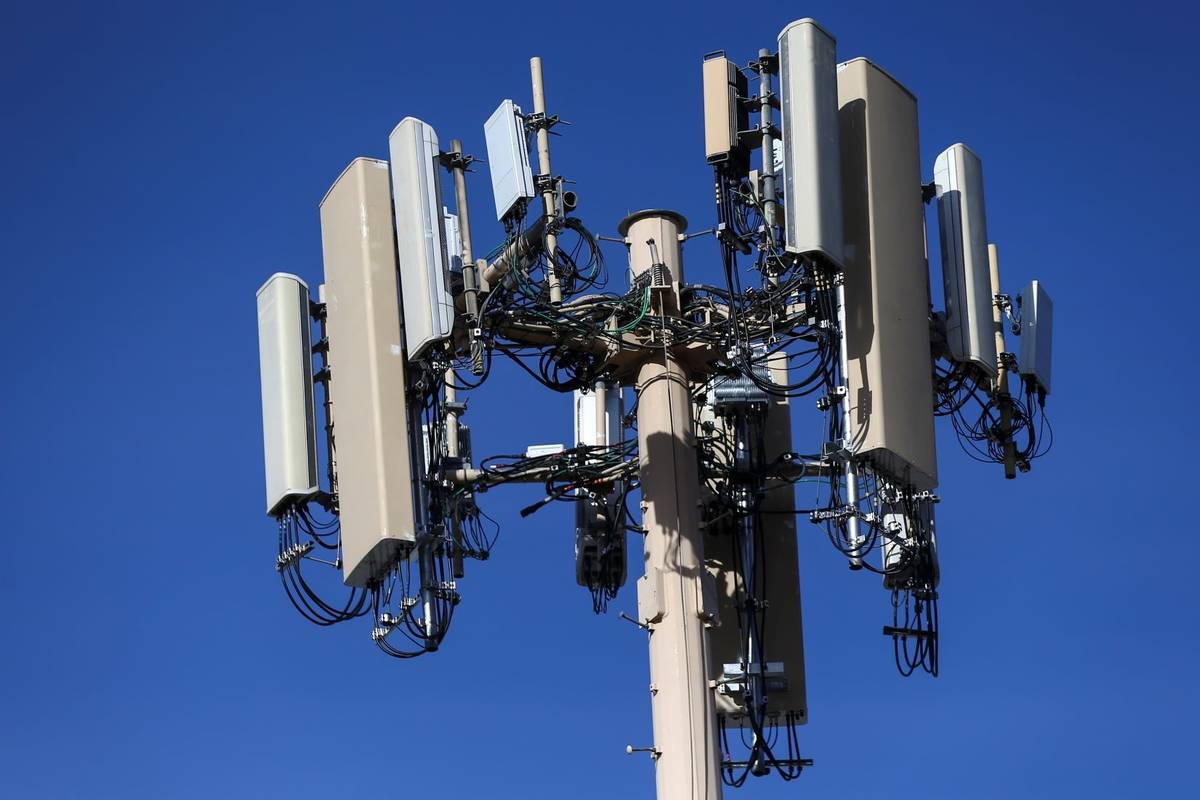If you've ever been through a town you might have noticed tiny cell towers for 5G on street light poles. They look like little boxes however they're actually sending wireless signals from cellular providers to your phone.
The smaller ones are being replaced by the larger specially-designed cell towers. While they're less noticeable however, they could cause issues for users.
The Federal Communications Commission's Radiation Exposure Thresholds

The FCC's Radiation Exposure Thresholds determine the safe limit at which an individual can be exposed to electromagnetic radiation from wireless devices. The limits for exposure are based upon scientific research that prove that electromagnetic energy could be harmful to health.
safe distance to live from cell phone tower of absorption called the specific absorption rate (SAR) is a measure of the radiofrequency energy absorption by tissues. It's typically 1.6 watts per kilogram, calculated over one Gram of tissue.
Since 5g is able to transmit at higher frequencies, it has the potential to create more energy on the skin and other exposed body areas. This can lead to a wide range of potential harms, including exacerbated appearance of skin conditions like dermatitis, cataracts and skin cancer.
Due to the potential for negative effects of 5G radiation, PSU has chosen to establish a general, localized power density limit of 4 mW/cm2 based on the average across 1 centimeter, and never to exceed 30 minutes, for all 5G services at 3000 GHz. This limit for localization is in line with the maximum SAR that is spatially averaged at 1.6 W/kg, which is averaged over 1 grams of tissues at six GHz.
The FCC's Maximum Exposure Thresholds for Maximum Exposure
If you've ever used a cell phone, you're probably aware that a safe location from the tower is around 400 meters. This is because the power of transmission from a cell tower increases dramatically the further you are from it.
While safe distance from cell tower sounds like an ideal idea, the reality is that people living in close proximity to towers may actually be more susceptible to health problems. For instance, a 2014 study in India found that residents who lived within 50 meters of cell towers had much more health problems than those who lived farther away from the antennas.
safe distance from cell tower revealed that those who relocated to areas further away from cell towers experienced their symptoms return to normal within a few days. Other studies have demonstrated that exposure to extreme levels of radiofrequency electromagnetic fields (EMFs) can cause brain tumors, cancers as well as other health issues.
This is because RF radiation, used in wireless communications, may penetrate the body's outer layer, the skin. It is vital to be aware of this because the skin acts as a shield against injury to the body, infection from pathogenic microorganisms, as well as entry of toxic substances. Additionally, it is the most important organ in the human body and is responsible for maintaining the integrity of other organs.
The FCC's Minimum Exposure Thresholds
The FCC's Minimum Exposure Thresholds rely on a variety of assumptions that aren't supported by evidence from science. These include the erroneous assumption that exposures to RF radiation are safe because of the minimal penetration into the body (i.e. thermal heating of tissue).
This assumption does not take into account the greater penetration of ELF elements of modulated radio signals, as well as the effects of short bursts of heat caused by RF pulses. These assumptions do not correspond with current understanding of the biological consequences of RF radiation, and thus they should not be considered for health protection exposure standards.
Furthermore to that, ICNIRP and FCC restrict their maximum radiation limits for local peak SARs that are based on the maximum spatial specific absorption rate (psSAR) which is not a reliable dosimetric instrument to assess the amount of exposure to RF radiation. In particular the psSAR tool is not accurate for frequencies above 6 GHz. In addition, psSAR is not been evaluated for RF radiation exposed to other environmental agents such as sunlight. In the event of interactions, RF radiations with different environmental agents may produce synergistic or antagonistic effects. This can lead to an increased risk of negative health consequences. For instance, exposure to RF radiation along with exposure to sunlight can cause an increase in the incidence of skin cancer and exacerbate other skin conditions like acne.
